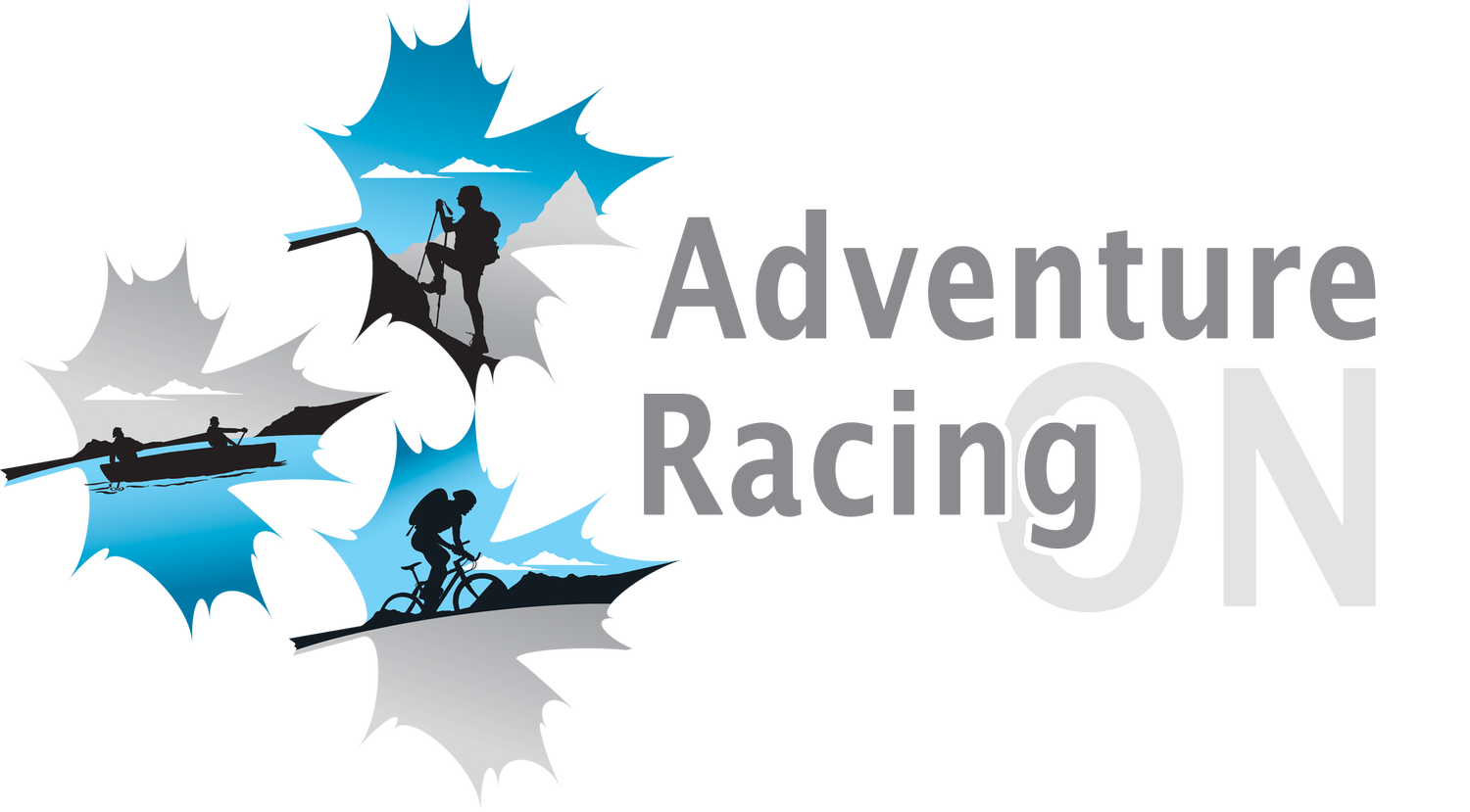Ontario’s only 24-30 hour adventure race, Wilderness Traverse, is one of the highlights of the Ontario adventure racing season, and takes place this year from September 24-25 in the Parry Sound area. This event is worth the highest number of points (200) in the Adventure Racing Ontario Points Series. Read more about what makes this event the toughest challenge your team will attempt this year.
There was a time when adventure racing meant traveling to exotic environments for long periods of time to get truly immersed in the wilderness. Finishing was not a guarantee, but getting lost at some point during the race probably was. Racers might go for days without seeing a transition area or perhaps even another team. This was the adventure part of adventure racing: you and your teammates, out in the wilderness, working together to fight physical and mental battles as you made your way through the course.
Over the past several years, adventure racing has changed, and in some ways for the better: shorter, one-day races, variations of team categories and races with less navigational challenge have all made the sport more popular and accessible to a much wider range of athletes. But maybe you are craving an experience that hearkens back to the roots of adventure racing? If so, Wilderness Traverse is your race.
Wilderness Traverse is the brainchild of Bob Miller, one of Canada’s most accomplished and well-known adventure racers. Since 2010, adventure racers who want to know what their teams are really made of have set out each summer to tackle what is currently reputed to be the toughest 24-hour + adventure race in the country. Miller says that the idea for the event came about over a post-race lunch when fellow racers were bemoaning the lack of true wilderness races in the country and encouraged him to try his hand at putting one on. So he did just that, and for the past six years, teams ranging from some of the top-ranked in the world to first-time adventure racers have come to Ontario each summer to see if they can complete the roughly 150km course in the 30 hour time limit set for the event.
Although the race location and course breakdown (roughly 25-35km of trekking, 75-85km of biking and 25-35km paddling) varies from year to year, there are a few elements that racers know they can count on at Wilderness Traverse: long paddles with lots of portages, challenging off-trail wilderness navigation which may or may not see teams following their compass in the dark, and biking on a variety of types of terrain, some of which will definitely push the boundaries for “rideable.” The race locations are always carefully chosen to showcase Ontario’s landscapes, but for the past couple of years the race has been hosted in the Parry Sound region. Not only is the area very welcoming to racers, but the availability of expansive crown land, extensive waterways for paddling, and the open rock of the Canadian shield make it a perfect location for racers to explore and to put the adventure back in adventure racing.
Each year, Wilderness Traverse sees some of the top teams in the province, the country, and even the world battle it out for the coveted “Bob the Beaver” trophy that goes home with the winners each year. While the open category is based on 4-person co-ed teams, competitors can also race as teams of three, and in single gender configurations (all male, all female). The race also features a well-subscribed “Rookie” category each year for teams where members have never finished ranked in a 24 hour adventure race.
Miller is keeping the details of this year’s event quiet for now, but suggested that the course may be longer this year in order to keep the top teams on course through the night. He also hinted that racers might find there to be more remote paddling and portaging than in previous years.
His advice for teams considering tackling an overnight race for the first time is just to give it a try, saying that you’ll learn more in one 24-hour event than in several shorter races. Teams should make sure they practice their nighttime navigation, as this is the most challenging aspect of overnight racing. Short course options are always built into the race, and all teams carry a Delorme InReach Satellite GPS tracker with them for emergency communication purposes, and so that friends and family can follow along back home.
Want to see what it’s all about? An awesome mini-documentary about last year’s Wilderness Traverse produced by Joel Perella was just released. Check it out!
If you want to end the 2016 racing season with an epic event that will test your team’s limits, more information about Wilderness Traverse can be found here.




